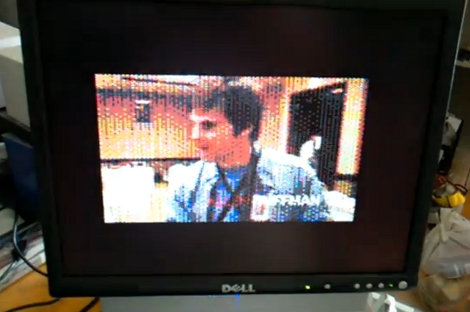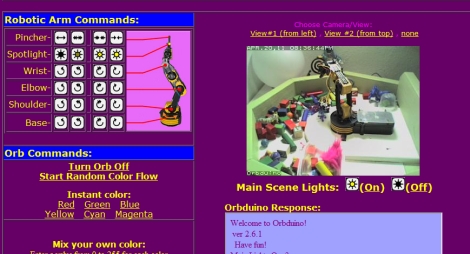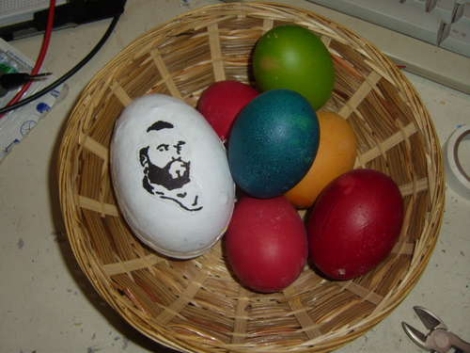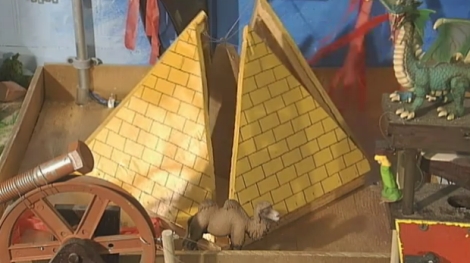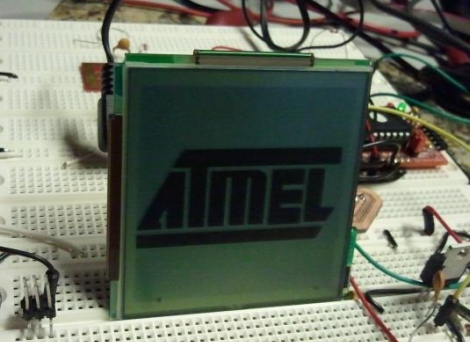
[Scott] was looking to source some LCD screens for an upcoming project, and was considering buying them from SparkFun. While the Nokia panels they sell are not expensive, they aren’t necessarily the cheapest option either – especially when building in volume.
He searched around for something he could use instead, and settled on Blackberry screens. Old Blackberry models were even more durable than the current offerings, plus companies are trying to get rid of old handsets by the truckload. The only problem was that he could not find any information online that would show him how to write to the screens.
It took a bit of digging, but he eventually determined which ICs were used to drive the LCD screen. He had no luck finding screen pinout information online, so after spending a few hours testing things with his multimeter, he came up with a full listing on his own.
He wired up a connector so that he could use the screen on a breadboard, then got busy writing code to display some text on the screen. Everything came together nicely as you can see in the video below, and he has released his code in case anyone else is looking to repurpose some old Blackberry screens.
All we want to know is what sort of project all these screens are going to be used in.

